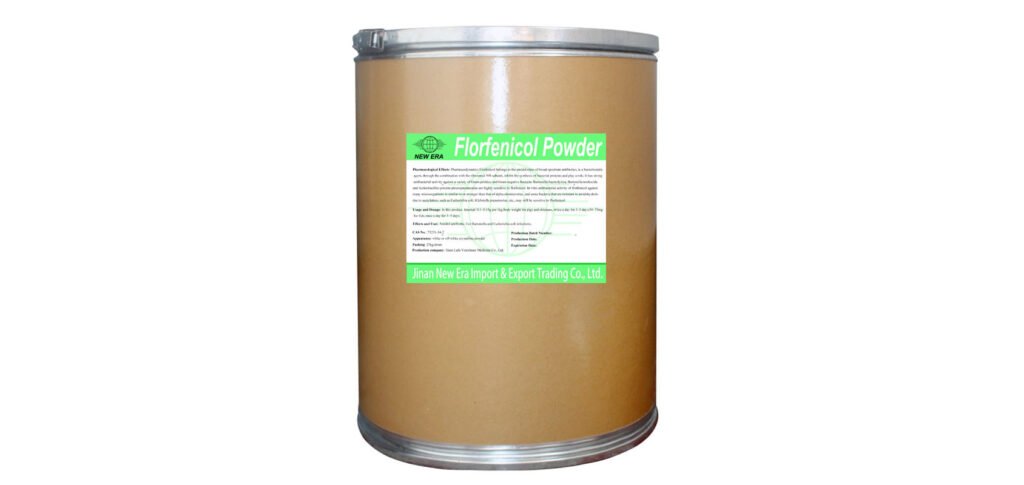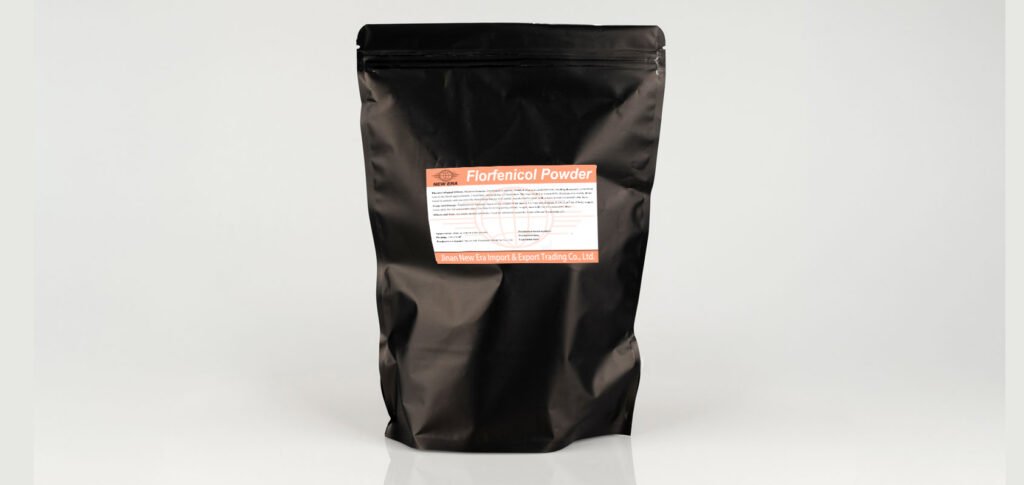Florfenicol is an antibacterial drug specifically for animals. Against the backdrop of the reality that many veterinary drug products are drugs shared by both humans and animals, having such a broad-spectrum antibacterial drug with unique characteristics is rather rare. Moreover, the withdrawal period for oral administration of florfenicol to poultry is only five days. For the poultry industry with a relatively short breeding cycle, there are numerous opportunities for its use in the treatment of some bacterial and mycoplasmal respiratory diseases.
However, the therapeutic value of florfenicol in poultry veterinary clinical practice has not been fully exploited and demonstrated. The main reason for this current situation is that the vast majority of grassroots veterinary workers and florfenicol users don’t know how to use florfenicol properly! So, what does it mean to be able to use florfenicol properly? Firstly, you will choose targeted products according to different animals. Secondly, you will write targeted prescriptions based on different disease diagnoses. For pig health care, it is best to use florfenicol premix; for the emergency treatment of pigs, it is best to use florfenicol injection!
Florfenicol has products in different dosage forms, such as 30% florfenicol soluble powder, 30% florfenicol injection, 10% florfenicol solution, 2% florfenicol premix and 20% florfenicol powder. During the research and development of so many dosage forms of florfenicol products, different manufacturers will produce products with different characteristics in terms of preparation techniques according to the strength of their own research and development capabilities. Therefore, as users of florfenicol, you should have the ability to screen and select the most suitable products.
Moreover, for florfenicol soluble powder products, don’t just think they are all the same just because they are all called florfenicol soluble powder on the packaging. In fact, different preparation techniques can also lead to different clinical manifestations of the products. For example, there are two chiral carbon atoms in the molecular structure of florfenicol, so there are two configurations of florfenicol, namely levoflorfenicol and dextrorotatory florfenicol. Although the florfenicol raw materials on the market nowadays are all the same, which are all levoflorfenicol (threo form). However, due to different preparation techniques, the stability of florfenicol products from different manufacturers is also different.
Due to the chiral characteristics of florfenicol, the stability of its advantageous configuration is conditional. For example, in terms of the stability to acids and alkalis, florfenicol is the most stable when the pH is between 4.5 and 7.5; while in strong acid and strong alkali environments, florfenicol will undergo degradation. In some excipients, florfenicol exists in the form of the dextrorotatory isomer and is the most stable. So, although the levoflorfenicol is used in production, during the storage process of the product, it will undergo polymorphic transformation – turning into the dextrorotatory florfenicol with poor activity.
This is the first aspect we’ve talked about regarding the proper use of florfenicol. There are so many florfenicol preparations such as powders, soluble powders, injections, premixes, etc., and so many preparation techniques for florfenicol like supramolecular inclusion technology, cyclodextrin coating technology, solid dispersion technology, chemical solubilization technology. Which dosage form of the drug and which florfenicol product with specific preparation technique characteristics is the most suitable for the disease of the animal that you are about to treat?
The diseases that occur in current poultry farming are not single or simple infections. Most of them are mixed infections. What’s more, each type of infection will cause various pathological changes to the body, such as the most common symptoms or pathological changes like runny nose, sticky phlegm, difficulty in breathing, fever, cough, wheezing, bleeding, and edema. Therefore, treatment requires prescriptions. Only when good products are included in good prescriptions can good curative effects be achieved.
In addition, there are also issues such as drug resistance, antibacterial spectrum, and synergistic effect enhancement. All of these are related to overall disease diagnosis, the combination of etiological and symptomatic treatments, as well as the combination and compatibility of drugs and prescription medication. Only in this way can diseases be controlled comprehensively, rapidly and economically, and the health of chicken flocks and normal production can be effectively restored. Therefore, for acute systemic infectious diseases, using “florfenicol soluble powder + doxycycline hydrochloride soluble powder + acetaminophen injection” can achieve a more thorough treatment than using florfenicol products alone.
However, for the treatment of digestive tract diseases in livestock and poultry, the above prescription is not the best choice. At this time, the prescription of “florfenicol soluble powder + colistin sulfate soluble powder + berberine” should be used, which has a good and cost-effective treatment effect on chicken glandular and muscular gastritis as well as enteritis.
If it is used for the treatment of serositis in waterfowl with a relatively large number of deaths, the combination of “florfenicol injection + acetaminophen injection” should be used. Only the treatment effect of injection administration can stop the deaths. Therefore, only by selecting appropriate and characteristic products and putting such products into a targeted veterinary treatment prescription can florfenicol be used to cure diseases and maximize its drug value.






